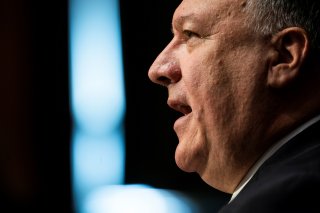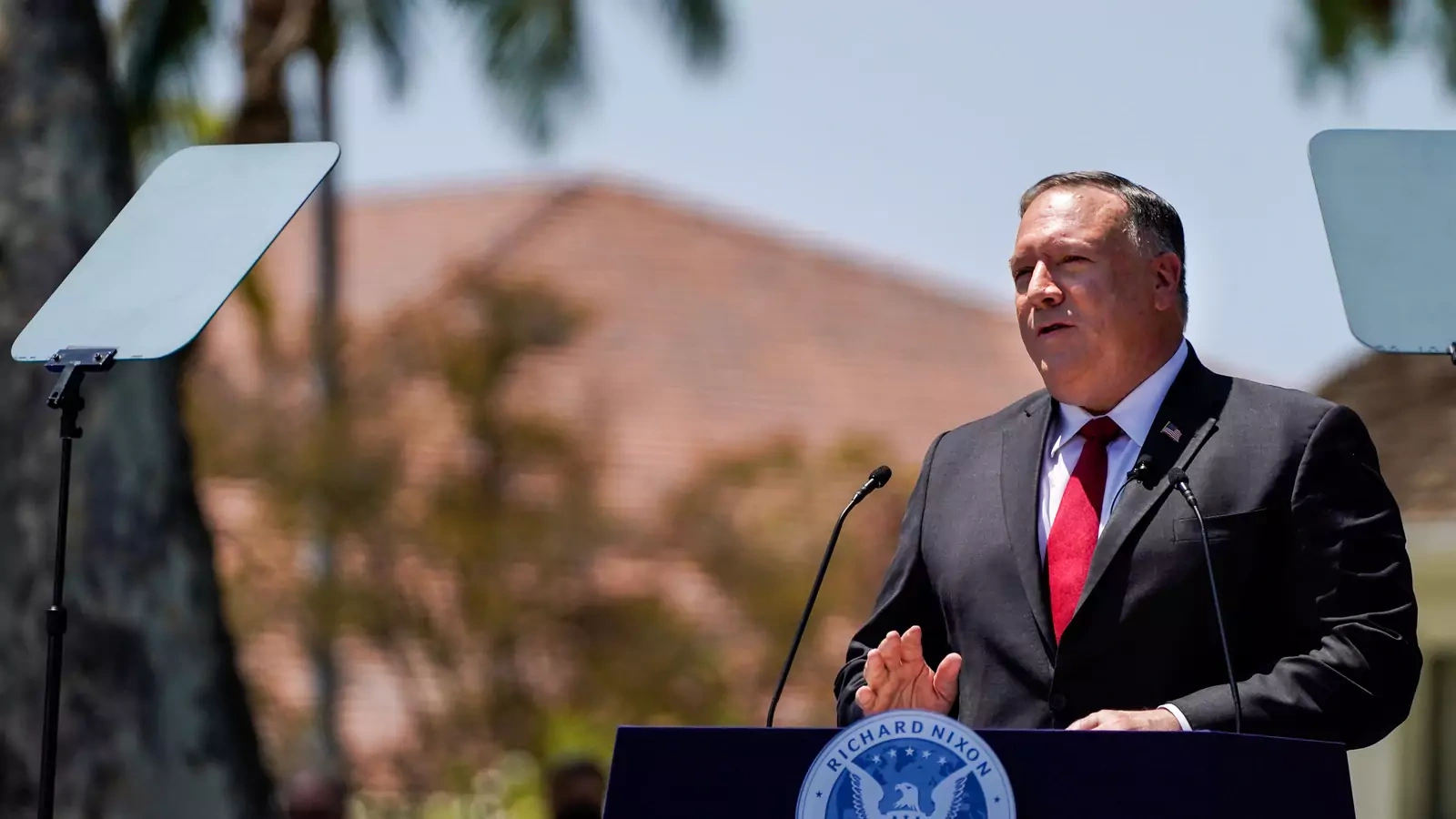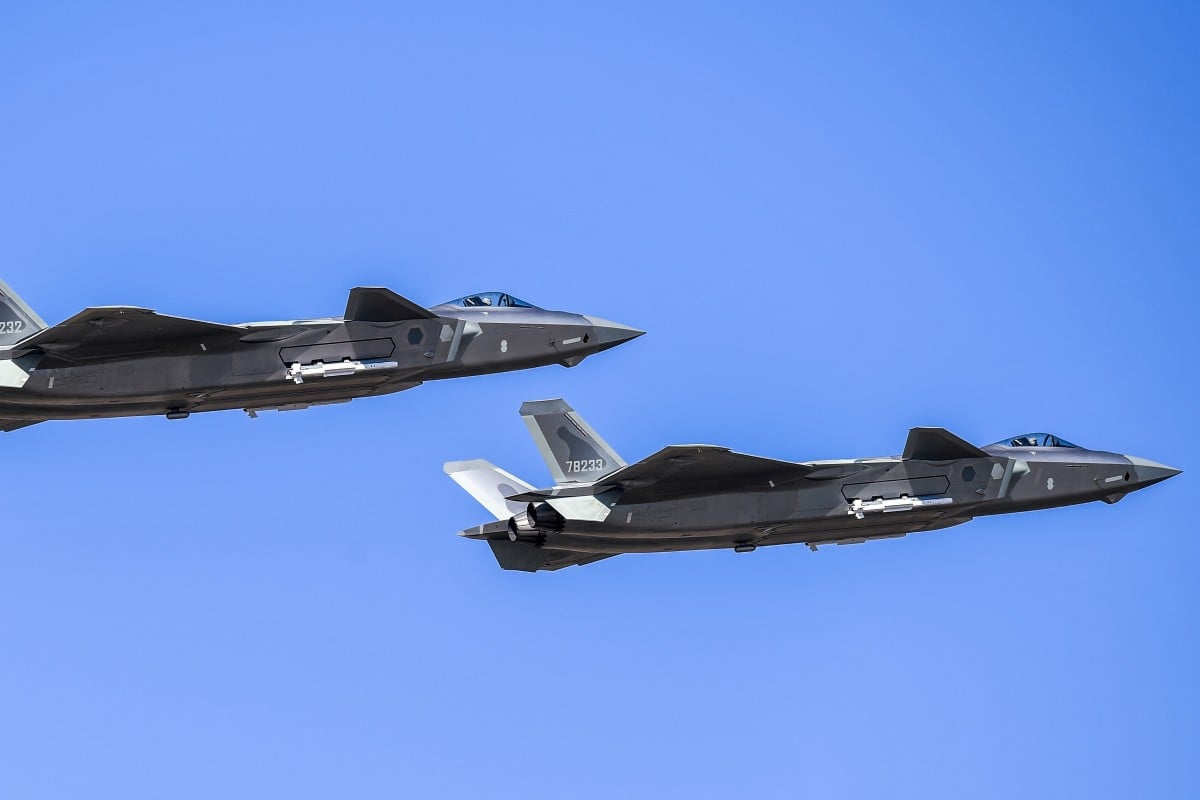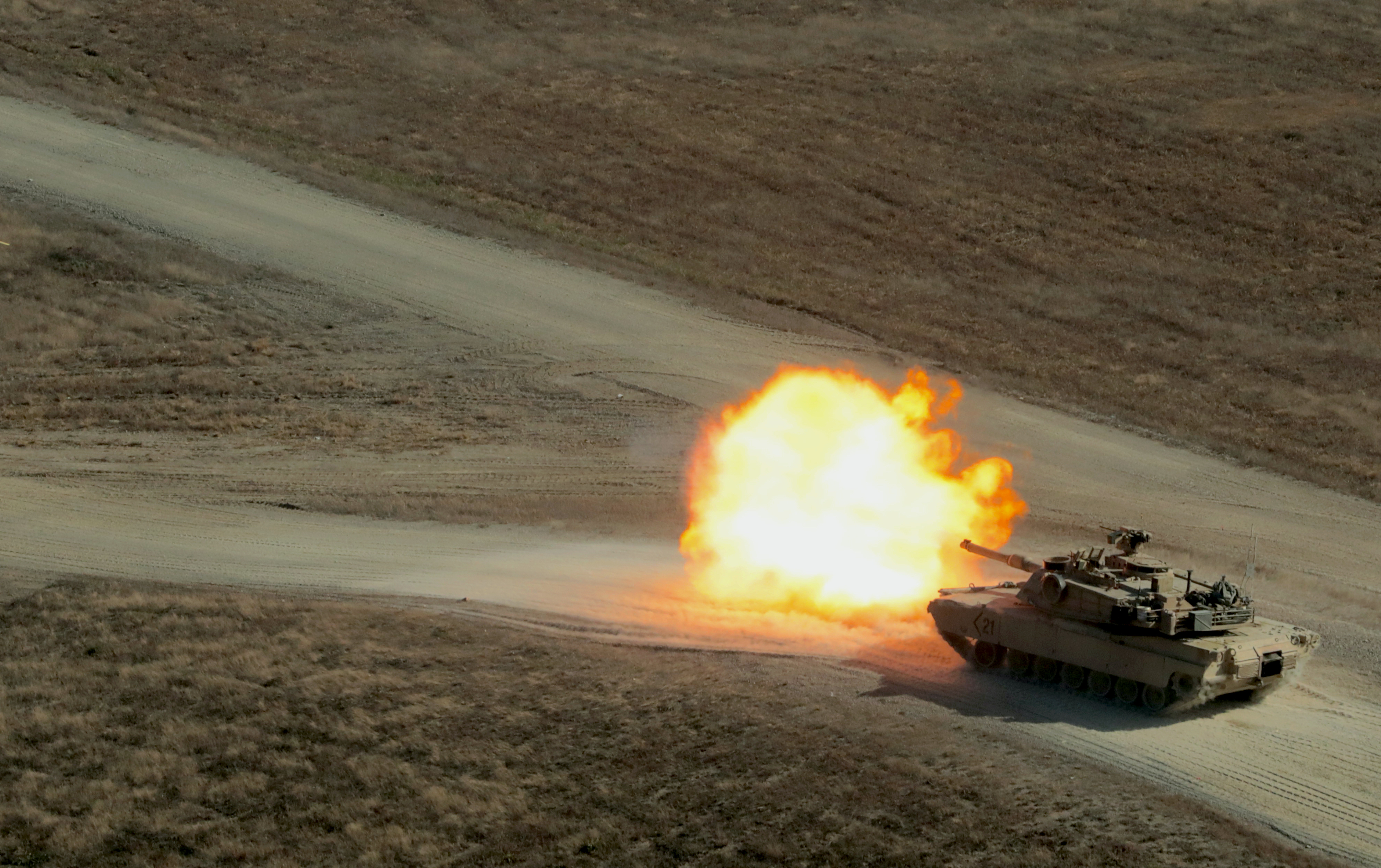By Carmen Reinhart and Vincent Reinhart
The COVID-19 pandemic poses a once-in-a-generation threat to the world’s population. Although this is not the first disease outbreak to spread around the globe, it is the first one that governments have so fiercely combated. Mitigation efforts—including lockdowns and travel bans—have attempted to slow the rate of infections to conserve available medical resources. To fund these and other public health measures, governments around the world have deployed economic firepower on a scale rarely seen before.
Although dubbed a “global financial crisis,” the downturn that began in 2008 was largely a banking crisis in 11 advanced economies. Supported by double-digit growth in China, high commodity prices, and lean balance sheets, emerging markets proved quite resilient to the turmoil of the last global crisis. The current economic slowdown is different. The shared nature of this shock—the novel coronavirus does not respect national borders—has put a larger proportion of the global community in recession than at any other time since the Great Depression. As a result, the recovery will not be as robust or rapid as the downturn. And ultimately, the fiscal and monetary policies used to combat the contraction will mitigate, rather than eliminate, the economic losses, leaving an extended stretch of time before the global economy claws back to where it was at the start of 2020.
The pandemic has created a massive economic contraction that will be followed by a financial crisis in many parts of the globe, as nonperforming corporate loans accumulate alongside bankruptcies. Sovereign defaults in the developing world are also poised to spike. This crisis will follow a path similar to the one the last crisis took, except worse, commensurate with the scale and scope of the collapse in global economic activity. And the crisis will hit lower-income households and countries harder than their wealthier counterparts. Indeed, the World Bank estimates that as many as 60 million people globally will be pushed into extreme poverty as a result of the pandemic. The global economy can be expected to run differently as a result, as balance sheets in many countries slip deeper into the red and the once inexorable march of globalization grinds to a halt.



















